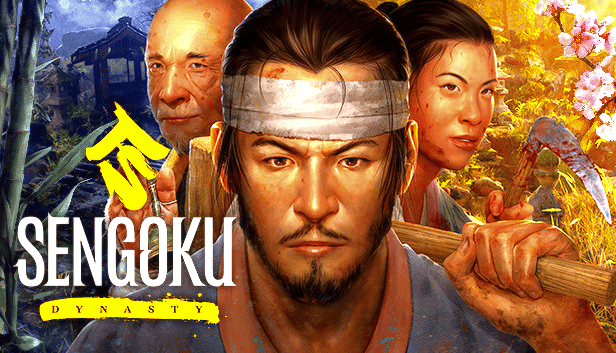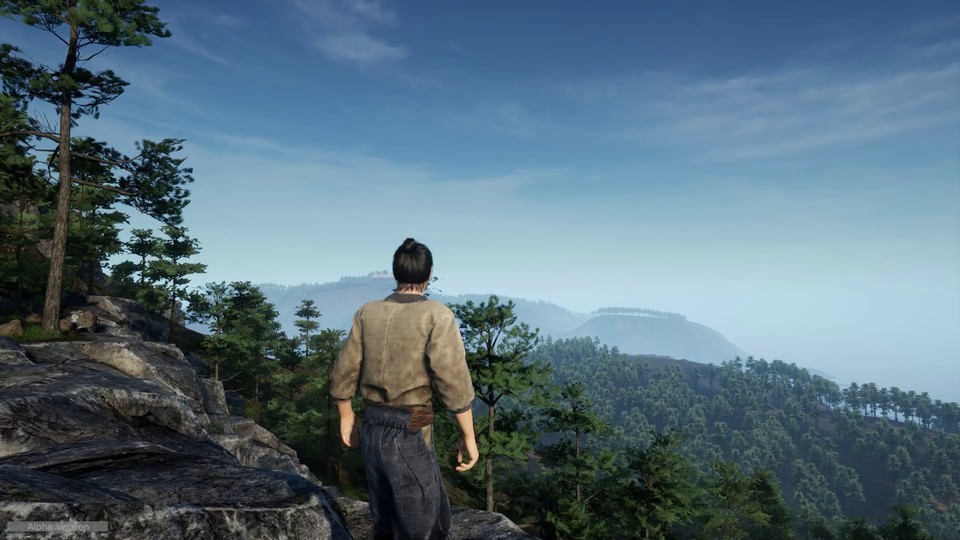After Medieval Dynasty became a surprise hit on Steam, the journey now continues to medieval Japan. But there’s more different here than meets the eye.
With Medieval Dynasty, the German publisher Toplitz has made a real stroke of luck. The medieval world, the pretty visuals and the unusual genre combination struck a chord with gamers. Of course, the somewhat unusual mixture was not exciting for everyone. But it was still enough to earn over 21,000 positive user ratings on Steam.
This makes Medieval Dynasty the biggest success of the Dynasty series so far. Of course, the aim is to continue to swim on this wave. That’s why Toplitz didn’t hesitate and wants to build directly on the success of Medieval Dynasty. One of these tie-ins is called Sengoku Dynasty and is scheduled to go into Early Access in early 2023.
As the world’s first magazine, we were able to see for ourselves how much potential there is in the new part, just as we once did with Medieval Dynasty. We have already spent a few hours playing a very early version of Sengoku Dynasty and were not alone.
Not alone? That’s new, because while Sengoku Dynasty aims to replicate much of what makes Medieval Dynasty special – it also aims to learn from missed opportunities. That’s why, while Sengoku Dynasty seems like a safe bet at first, it dares to do a lot more than you might think.
As the world’s first magazine, we were able to see for ourselves, as we once did with Medieval Dynasty, how much potential there is in the new part. We have already spent a few hours playing a very early version of Sengoku Dynasty and we were not alone.
Not alone? That’s new, because Sengoku Dynasty wants to repeat much of what distinguishes Medieval Dynasty – but it also wants to learn from missed opportunities. That’s why Sengoku Dynasty, while seeming like a safe bet at first, dares to do much more than you might think.
A familiar gameplay framework …
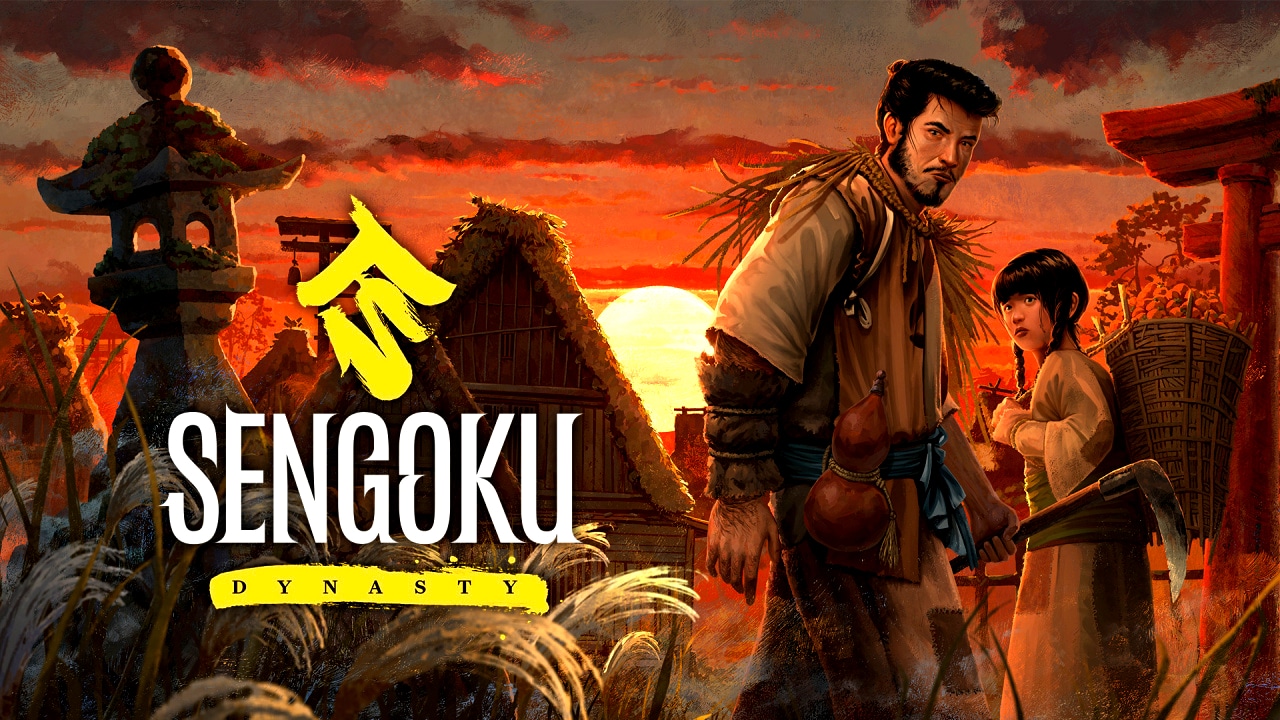
But let’s start with the basics first. Because if you’ve never played a game in the Dynasty series, you should definitely learn more about it. The Dynasty games by Toplitz do not have a storyline, nor do they build on each other. But they all have the same gameplay framework and regularly change their setting. Moreover, the games are often developed in parallel by different teams. That’s why Medieval Dynasty, for example, feels different from Farmer Dynasty. And Sengoku Dynasty is again a completely new team.
At its core, it is always about living a simple life and establishing a dynasty. The dynasty part is usually the least fun part of the game. Rather, it’s about setting out to find suitable places in the open worlds where we can live our very down-to-earth lives.
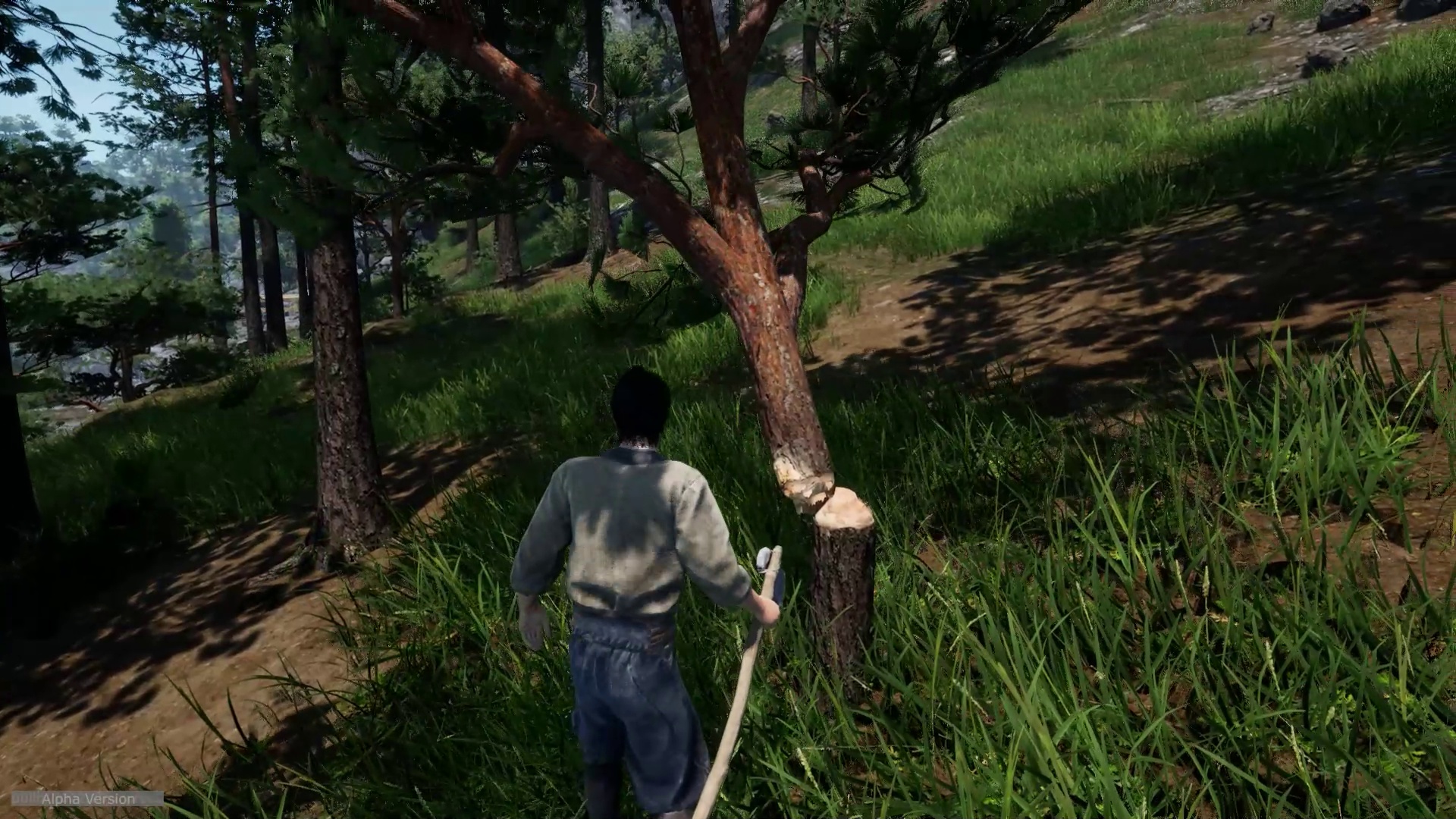
So food must be guaranteed so that we don’t starve. In addition, we also want to sleep dry and so we quite quickly get into a motivation spiral, which we actually know from building games. There is even a village administration with citizens who take care of our work. Little by little our village grows. We unlock new building projects and are then able to produce new tools, clothes or trade goods. The more time we spend doing this, the better our skills become. So you can also expect a little role-playing here.
Medieval Dynasty has already been described as a mixture of survival, building game, life simulation and role-playing game. And it also has a bit of the farming simulator. At least if you spend a lot of time planting and tilling fields.
All this is now also a part of Sengoku Dynasty. So you spend most of your time living your life, working on new building projects and helping a few neighbours with their problems here and there. You will never become a great hero, nor will you experience epic adventures. That’s what other games are for. The Dynasty series is for people who enjoy getting into the normal life of someone living in a very different time or following a very different vocation.
.. In a very different place
A different time, different profession and if you’ve played Medieval Dynasty now a very different place too. Because Sengoku remains in the Middle Ages, but this time it takes us to Japan. And as the name will tell some experts, it goes to the Sengoku era. This refers to an era in Japan’s late Middle Ages, during which there were (once again) disputes about who was actually allowed to rule in Japan and who was not. The same period is, among other things, the historical background for Shogun 2: Total War – which is rarely a good sign for peace.
A side effect was the introduction of a system of estates. Thus the samurai and the peasants emerged as social roles. This is exactly where Sengoku Dynasty comes in. Our character wants to escape the oppression of the samurai and searches for the legendary kingdom of the peasants. Here he wants to build a new life for himself. The open world of Sengoku Dynasty is a paradise, especially visually.
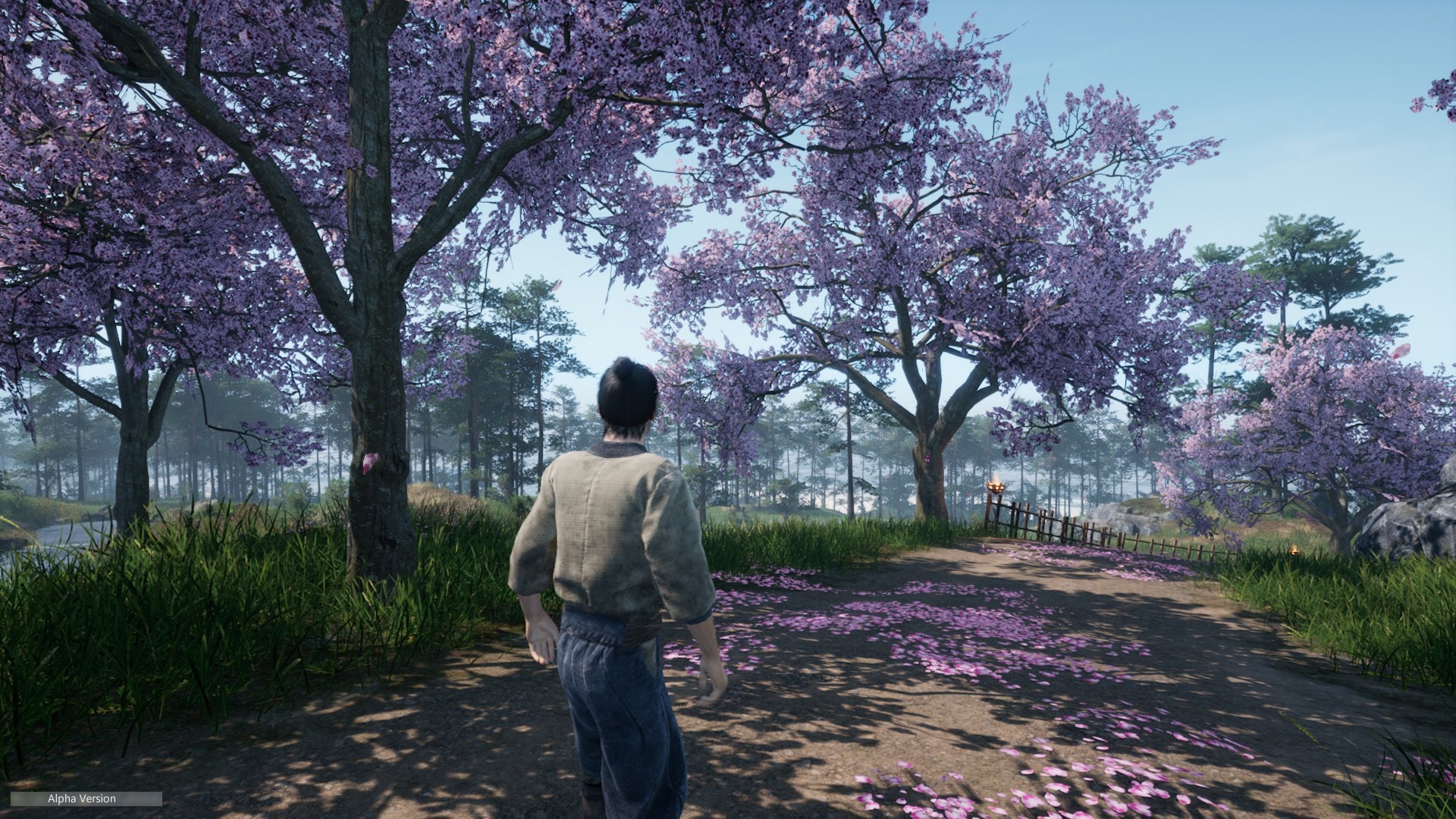
Because unlike Medieval Dynasty, there are not only meadows, forests or fields to see here. As before, the Dynasty series relies on high-quality visuals, which come into their own a notch better thanks to the varied environments of Japan. Here, in addition to an extensive coastal strip, we can also marvel at wonderful-looking pink cherry blossoms that are carried by the wind through the surroundings. Beautiful!
We also particularly liked the weather effects. During our gameplay session, among other things, a thunderstorm was presented over the sea, in which the lightning is generated dynamically and can strike anywhere. This actually looked extremely impressive.
As with Medieval Dynasty, however, Sengoku loses some of its visual power when it comes to the depiction of people and animals. Although they also look beautifully designed, they don’t move in a particularly lifelike way and hardly move a muscle. Their behaviour does not seem natural at any time either.
However, the animations of Sengoku Dynasty are far from finished. The game still has a lot of development time ahead of it and the movement sequences are to be optimised in particular. Nothing we have seen in this area is considered final. But if we take our cue from Medieval Dynasty, you should never, ever expect the kind of animation variety that we’ve seen in open-world games from much larger publishers. So don’t expect a Red Dead Redemption 2 in feudal Japan.
There’s big news …
Now, of course, one could snort and put one’s hands on one’s hips and shout begrudgingly: Wait a minute! That really does sound like Medieval Dynasty, only now my farmer wears a kimono instead of a linen shirt and harvests rice instead of wheat! And they are partly right. But only partly. Toplitz emphasises in conversation that the Dynasty games are not meant to be asset-flips in which graphics are simply exchanged.
And indeed, there are some innovations in Sengoku Dynasty that were not present in Medieval Dynasty. At least not from the beginning. After all, the publisher is also learning and takes the feedback from the players to heart. Especially for Medieval Dynasty, there were repeated calls for multiplayer. After all, building houses and filling granaries is even more fun in pairs.
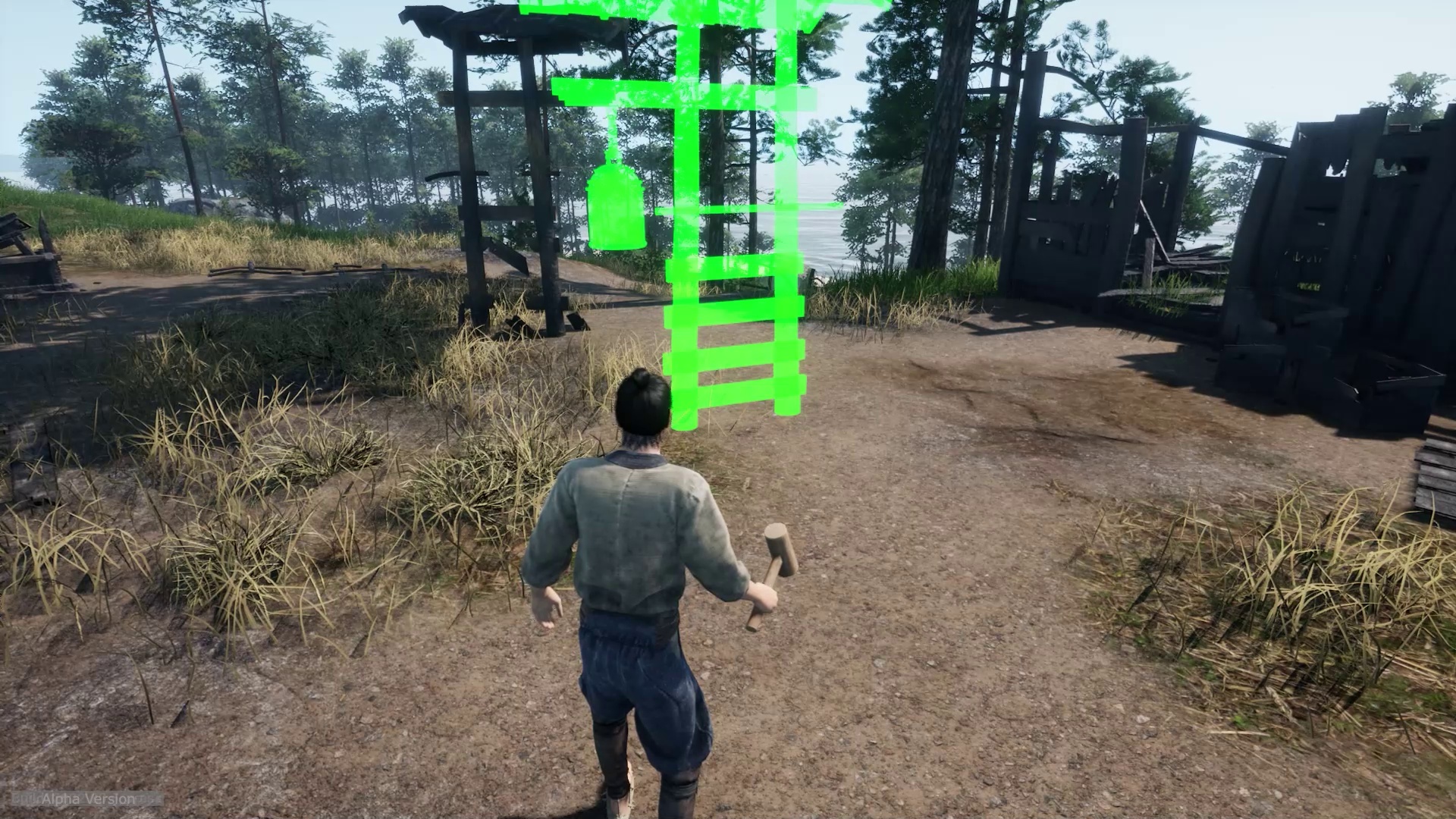
For this reason,
Sengoku Dynasty relies on multiplayer from the very beginning. We were able to try this out as well. Two of us wandered through the starting area and while one of us collected quests from the local population, the other was busy picking up raw materials. So the division of labour works well. Since the game is created with multiplayer in mind, there are even features that are intended solely for multiplayer.
These include special building projects that can only really be completed with the help of other players. In the starting area, for example, we can build a bridge over a river, provided all the necessary raw materials are brought in. And that is supposed to take far too long alone.
There is also the possibility to take part in conversations in pairs. But much is still in its infancy here. For example, there is not yet a trade menu between two real people. To exchange resources, we still had to throw the desired material on the floor so that someone could pick it up. But as I said, this version is anything but finished.
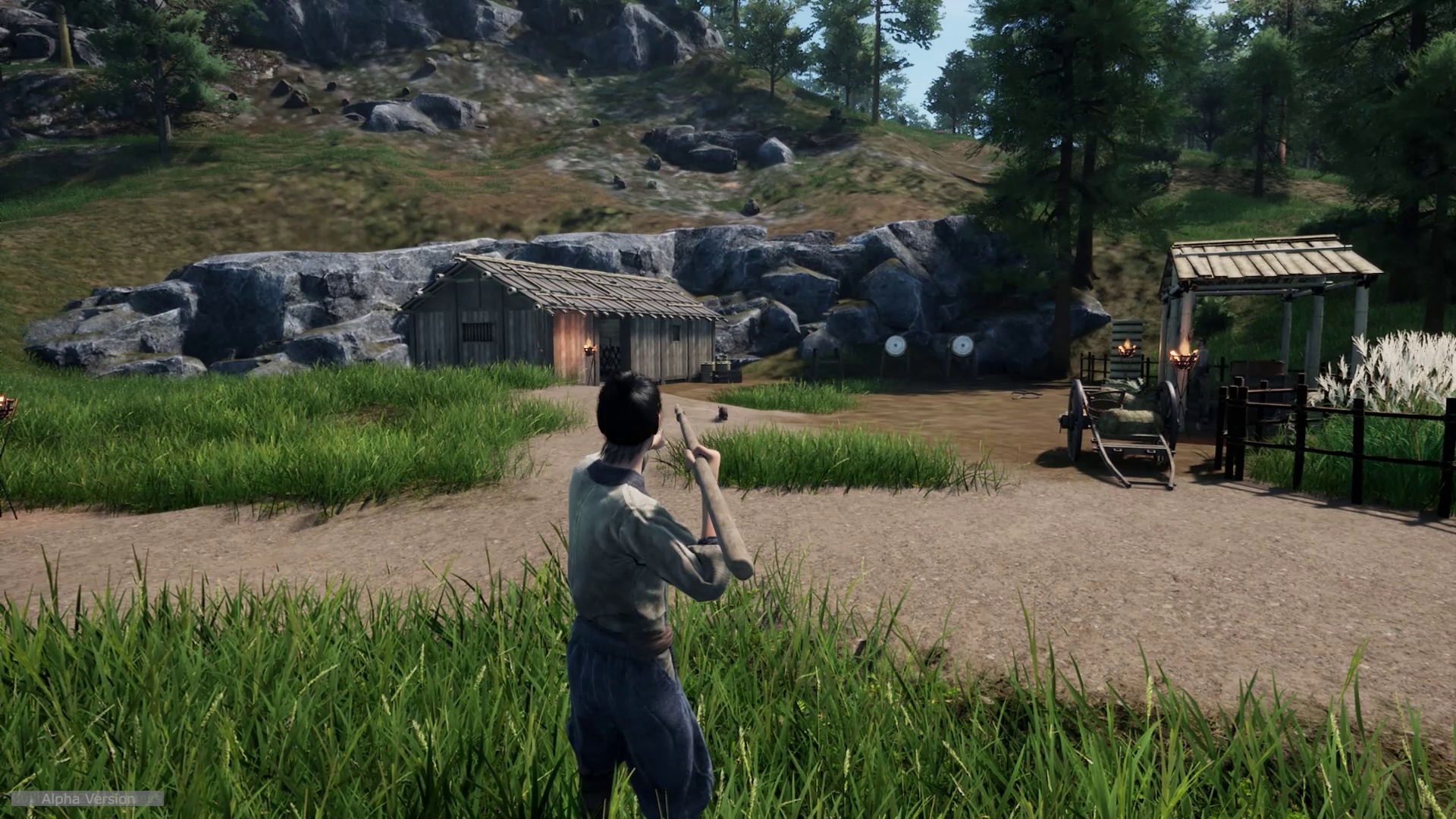
Apart from the multiplayer, Sengoku Dynasty should also deliver more stories, tell its story more stringently and bring a real battle system. Battles were never planned in Medieval Dynasty, but then it got bandits after all. Only it plays correspondingly wooden. Sengoku doesn’t want to ignore such an important tradition as swordsmanship with the katana. But we can’t say yet whether the system works. In the current version, there was only the possibility to hunt hares or deer with spears. And that was still quite awkward to control.
.. And many small changes
But it’s not just these big innovations that set Sengoku Dynasty apart from its siblings. Especially if you know Medieval Dynasty, you will notice a few changes. These are usually rather small adjustments, but they do have quite a big effect on how Sengoku Dynasty feels. Some of these changes, for example, serve the purpose of making the gameplay a little less cumbersome or even simplifying it.
Drinking is no longer necessary. So you can no longer wet your throat at every river, and you don’t have to. Hunger still exists and determines how quickly our lives and stamina regenerate. If you want a drink, you can make drinks like sake, but they have a buff effect and aren’t there to keep us from drying out.
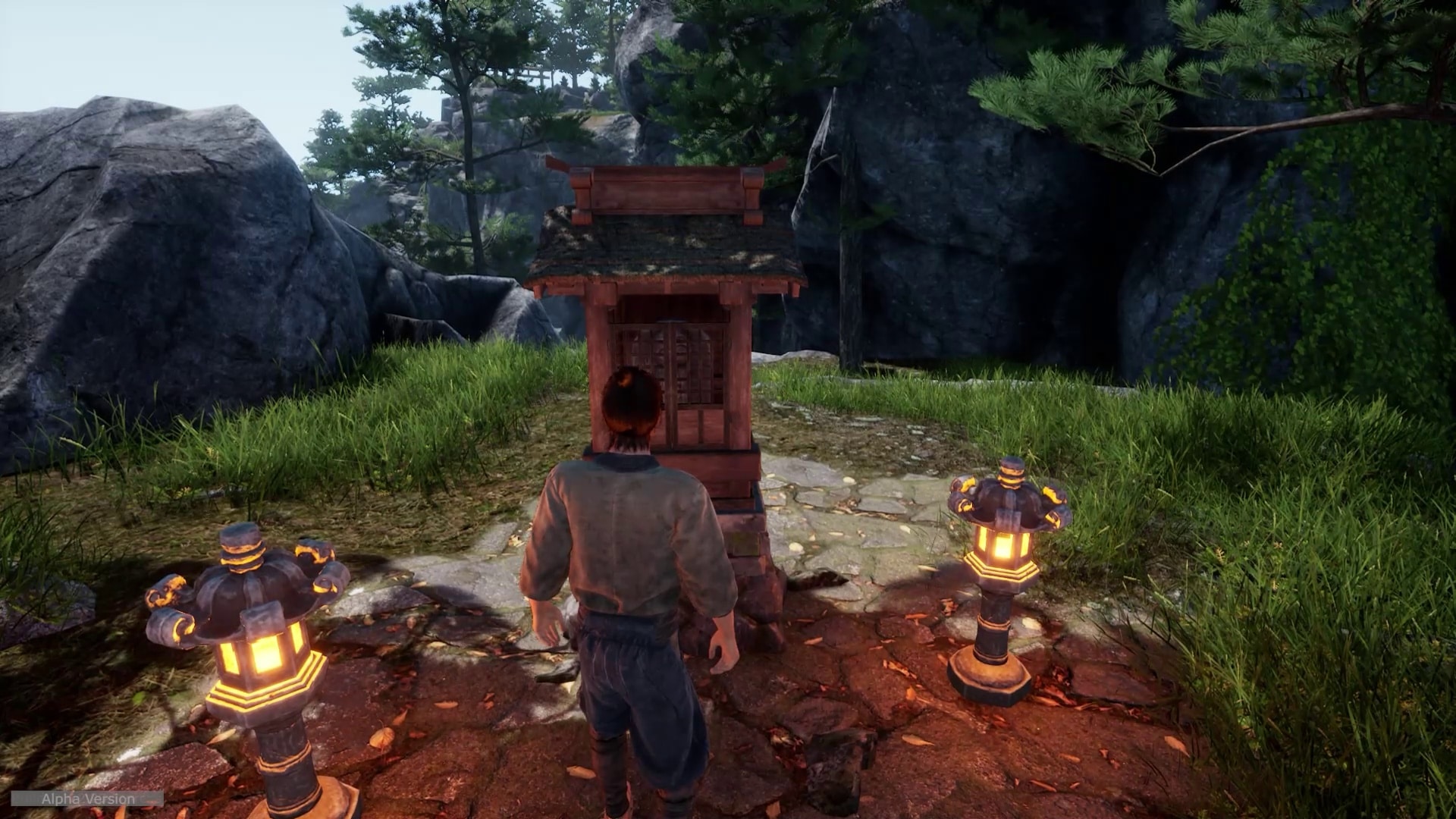
In addition, the weight of items has been abolished. In Medieval Dynasty it was quite tedious to build a house in the beginning. Precisely because five tree trunks were often enough to make us crawl across the map at a snail’s pace. In Sengoku Dynasty, there are inventory spaces instead. A tree trunk, for example, occupies an entire box, while small resources such as branches can also be stacked.
Interestingly, Sengoku Dynasty also seems to prefer the chaser perspective. At least, when we played, we were only able to explore the world, cut down trees and build houses from this perspective. One reason for this is probably the planned combat system, which is much easier to develop from the shoulder view than close combat from the first-person perspective. However, it should be possible to switch between both perspectives. Whether this will also apply to the battles is still unclear.
Maintaining the Balance
While big innovations like the battle system, the multiplayer and the generally more exotic environment are very welcome, we still have a hard time evaluating the small changes. Because Sengoku Dynasty could actually be heading for a problem here. At least, we see the danger of it.
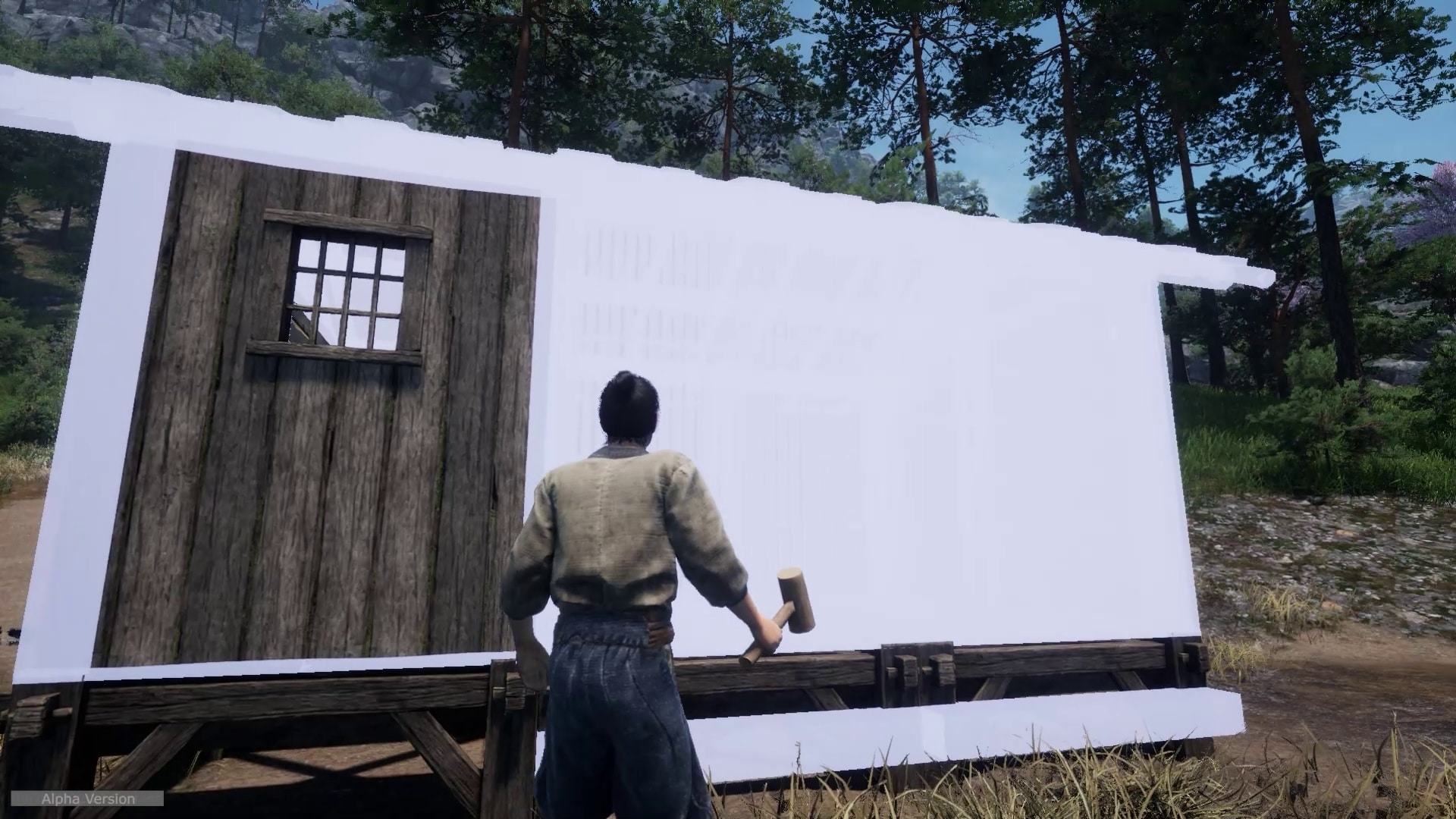
Even though simplifications such as not drinking and the elimination of weight are very understandable, this also makes Sengoku Dynasty feel much more like a typical survival game like the many others out there. Everything moves a little faster, everything feels less realistic. This doesn’t have to be a bad thing at all, for some people Medieval Dynasty was actually far too cumbersome and I myself was often annoyed by the heavy tree trunks.
But to some extent that was also the identity of the game and there were good ways to get around such annoyances in a realistic way. If logs were too heavy for us, we had to buy a horse. We can’t say after this short time whether such changes really make Sengoku Dynasty lose some of what made Medieval Dynasty so interesting. But it is a possibility.
Of course, the developers will still be working on the balance a lot before the release, and in some areas, Sengoku Dynasty was already more extensive than Medieval Dynasty. Here, houses are made up of even more individual parts and even the furniture of the houses has to be built individually.
Let’s see how well Sengoku Dynasty balances simplification and realism at the end of the day and whether the journey to Japan can fascinate as many people as its predecessor did.
Editor’s Verdict
I am very curious to see what will become of Sengoku Dynasty. Even with Medieval Dynasty, I was excited. I immediately saw the appeal of that title back then, and as a big fan of medieval markets, I always like to walk through nicely designed little villages where things are done in an ancient way. One of the things I liked about Medieval Dynasty was how realistic it all felt, how granular the steps were, so it felt like real work and you could learn a bit about the real processes. Especially compared to other survival games. At the same time, I was also someone who was quite annoyed by some of the shortcomings. For example, how long it took to run through an entire in-game year.
The Dynasty games are always a little, well, rough around the edges. Especially when it comes to the simulation of living beings. They look pretty, but aren’t exactly bursting with life. I suspect it will be very similar with Sengoku Dynasty. It’s still very difficult to say whether the balance is right. Whether the inadequacies and hooky animations will prevail, or whether genuine fascination for the life of Japanese peasants in the late Middle Ages will emerge. Whether the battles work is also completely unclear. But hey, Medieval Dynasty wasn’t even half-finished during my first play session either, and it has morphed extremely well to this day.
I suspect Sengoku will be very similar. But it needs time and good ideas – of which the multiplayer is one, for example.

